Table of Contents
Introduction:
Valves are essential components used in various industries such as manufacturing, construction, and transportation. They help regulate the flow of fluids, gases, and other substances by controlling the opening and closing of passages or channels. There are various types of valves, each designed for specific functions.
Types of valves:
1. Gate Valves:
Gate valves are widely used in applications that require a full flow of fluids. They operate by lifting a gate or wedge to create an opening through which the fluid can pass. Gate valves are commonly used in industries such as oil and gas, chemical, and water treatment plants.
2. Ball Valves:
Ball valves are commonly used in applications where tight shutoff is required. They are a type of quarter-turn valve that uses a ball-shaped disk to control the flow of fluids. When the handle is turned, the ball rotates to open or close the flow passage. Ball valves are commonly used in industries such as plumbing, heating, and air conditioning systems.
3. Butterfly Valves:
Butterfly valves are used in applications that require the regulation of the flow of fluids in large pipes. They consist of a disk that rotates around a shaft, creating a tight seal to regulate the flow of fluids. Butterfly valves are commonly used in industries such as water treatment, power generation, and chemical processing.
4. Check Valves:
Check valves are designed to prevent backflow in pipelines. They allow fluid to flow in only one direction, preventing the reversal of flow that can cause damage to equipment. Check valves are commonly used in industries such as HVAC, water treatment, and chemical processing.
5. Globe Valves:
Globe valves are used in applications that require precise control of the flow of fluids. They consist of a valve body, a disk, and a stem. The stem moves the disk up and down to regulate the flow of fluids. Globe valves are commonly used in industries such as chemical processing, pharmaceuticals, and power generation.
6. Diaphragm Valves:
Diaphragm valves are used in applications that require a seal against contaminants. They consist of a flexible diaphragm that is pressed against a valve seat to regulate the flow of fluids. Diaphragm valves are commonly used in industries such as food and beverage, pharmaceuticals, and chemical processing.
7. Needle Valves:
Needle valves are used in applications that require fine control of the flow of fluids. They consist of a needle-shaped disk that is used to control the size of the opening through which fluid can pass. Needle valves are commonly used in industries such as instrumentation, laboratory research, and medical equipment.
Advantages of valves
1. Control fluid flow: One of the primary advantages of valves is that they allow users to control the flow of fluids and gases through a system. This means that operators can adjust the flow rate and pressure to meet specific requirements, ensuring that the system operates efficiently.
2. Prevent backflow: Valves can also prevent backflow, which is when fluid or gas flows in the opposite direction from what is intended. This can be important in preventing contamination or damage to equipment.
3. Provide safety: Valves can be used as safety devices, shutting off the flow of fluid or gas if pressure or temperature exceeds safe limits. This can help prevent accidents or damage to equipment.
4. Durability: Valves are designed to be durable and reliable, even in harsh environments. They are often made of materials such as stainless steel, brass, or titanium, which can withstand high pressures, temperatures, and corrosive fluids.
5. Flexibility: Valves come in a wide range of designs and sizes, making them adaptable to different applications. Whether you need a valve for a small household appliance or a large industrial system, there is likely a valve that can meet your needs.
Disadvantages of valves
1. Cost: One of the main disadvantages of valves is that they can be expensive, especially if they need to be made from high-quality materials to withstand harsh environments.
2. Maintenance: Valves require regular maintenance to ensure that they continue to operate correctly. This can involve cleaning, lubrication, and replacing worn or damaged parts.
3. Leaks: Valves can develop leaks over time, which can be difficult to detect and repair. Leaks can result in inefficiencies, safety hazards, and environmental damage.
4. Complexity: Some types of valves can be complex to operate and maintain, requiring specialized training and equipment. This can increase costs and create additional challenges for users.
5. Size limitations: Valves may not be suitable for very small or very large systems, as their size and weight can become prohibitive.
Also, read Grinder Machine




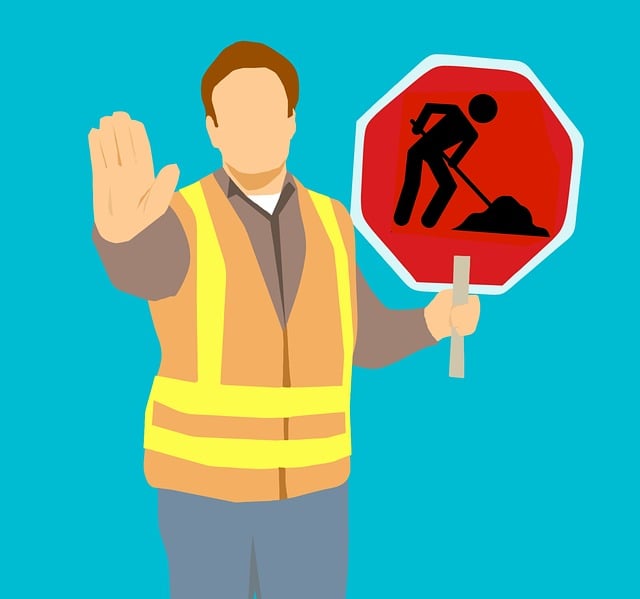

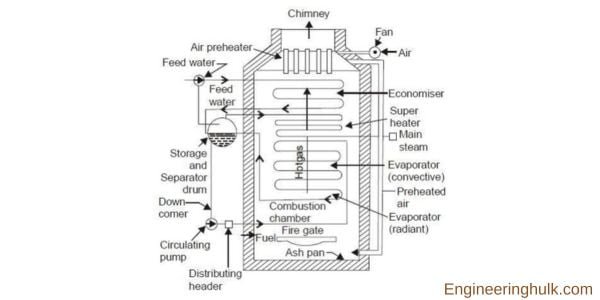









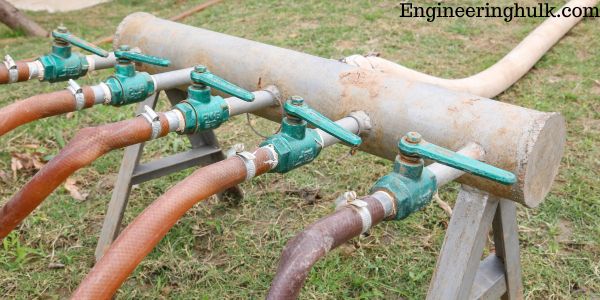



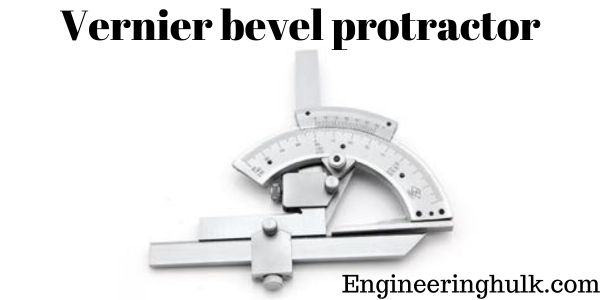
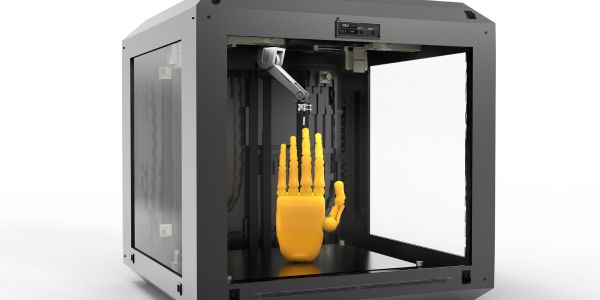

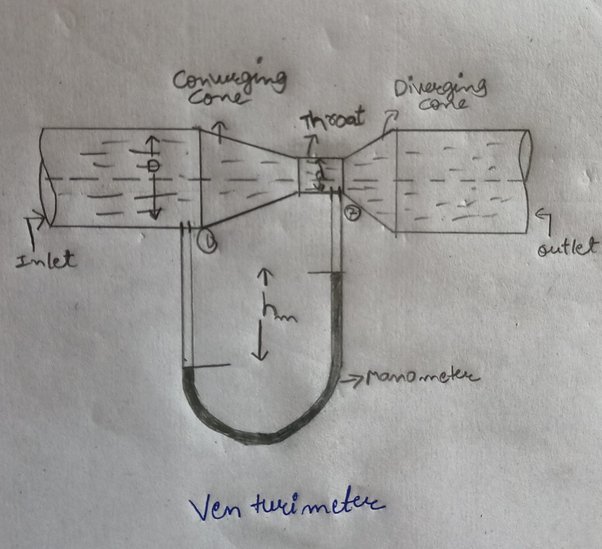
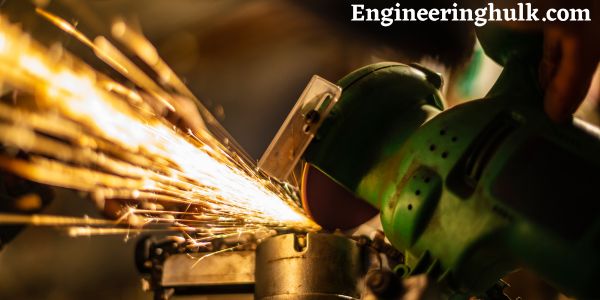





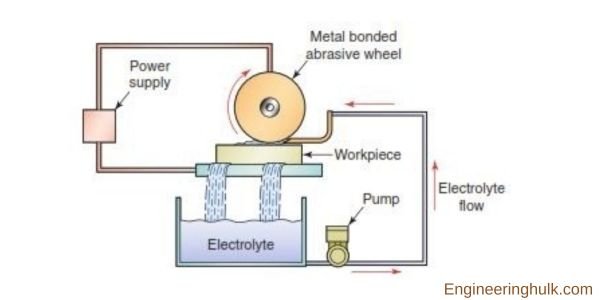
Comment on “Types of Valves – use with Advantages and Disadvantages”
Comments are closed.